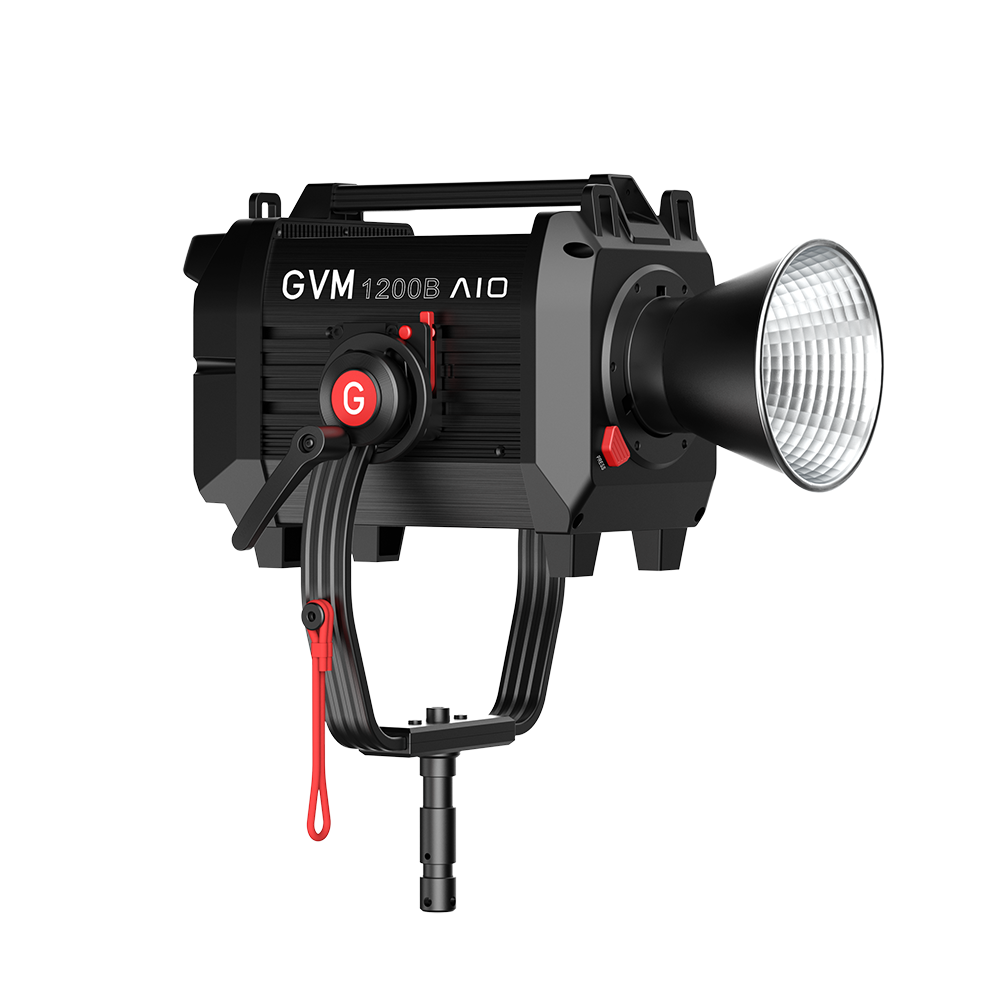How do you shoot a city street scene? Learn to compose with a sense of line?
If you’re struggling to get your urban or architectural photography out of the ordinary, underestimating the power of lines may be one of the main reasons why you’re not making eye-catching shots. Lines help us build the logic of the picture, guide the viewer’s eye through different parts of the picture, and even create more fun for the subject and background.

The above photo shows how lines can be used to create visual guidance in urban and architectural photography. With the help of these straight lines, it is easier to find the highlights in the whole frame and further reduce the distance between the scene and the scene.

The above photo shows how lines can be used to create visual guidance in urban and architectural photography. With the help of these straight lines, it is easier to find the highlights in the whole frame and further reduce the distance between the scene and the scene.
Why are lines so important to urban photography ?
In general, we like to use depth of field to blur the background, so as to focus the viewer’s attention on the most important part of the picture and add atmosphere to the picture, but urban photographers rarely use this technique. In urban and architectural photography, we want all elements of the picture to be visible. When we shoot a city scene, we need to construct the image in a variety of ways that enhance the sense of dimensionality. One of the most effective ways to do this is to use lines to divide the image into sections, separating the main elements from each other. In this way, the viewer can understand the internal logic that we want to convey in a photograph, even if there is no illusion or reality in the scene.

The image above was taken at random without any composition, and is roughly composed of three main parts: the grey stone floor at the bottom, the National Museum of Ireland in the middle, and the sky above. The picture looks as mundane as a tourist’s “Once there photo”, and it’s hard to notice.

The magic, however, is that by simply adjusting the composition and introducing some lines into the picture, the depth of the whole picture suddenly comes out of the paper, and this symmetrical composition adds more impact to the picture, thus completely breaking away from the abyss of flatness and boredom.
What lines help add impact to the image ?
We can roughly divide these lines into three categories: dividers, guides, and symmetries.
The main function of the dividing line is to divide the picture into sections, which can be horizontal, vertical or diagonal lines. In addition to helping to clarify the position of the objects in the picture in relation to each other, the introduction of these lines also provides an effect of near and far. Horizontal lines are the most commonly used dividing lines in many outdoor photography.

In the above example, the most obvious thing is that I used a horizontal line to divide the picture into the ground and the wall, and then I used a not-so-obvious vertical line on the wall to divide the wall into the left and right. Without this line, the right side of the picture would be too empty and boring. The use of dividing lines should follow the rule of thirds. Whether horizontal or vertical lines, dividing lines should not be placed in the middle of the picture, but should not be too close to the edge of the picture. Usually, a 2:3 or 1:3 ratio works best.
After the divider line, the guide line is also an important tool to give the picture a greater sense of space. They can lead the eye into the picture and explore every corner of the picture. The guide line usually starts in the near corner of the picture and goes all the way to the far end of the picture. Of course, there are many forms of guide lines. By using and combining multiple guide lines, the spatial logic in the picture can be more clearly displayed. Remember, a guide line doesn’t have to be a straight line, we can use curves and so on as guides.

The main road in the image above is clearly used as a guide line. When we look at the image, our eyes fall on the main road and then follow it to the city skyline at the far end.
The third type of line that is often used to enhance the impact of images is the line of symmetry. When we are looking for interesting subjects in the city, don’t forget to try to look for lines of symmetry in buildings. Thankfully, we can easily find these lines of symmetry in most buildings.

Like the building in the picture above, symmetry is arguably its most obvious feature. Although sometimes the building is not absolutely symmetrical due to the difference in interior decoration or furnishings, if the building itself as a whole, it can present a strong sense of symmetry. Proper use of lines of symmetry and symmetrical composition can help us create interesting pictures.
Focus on the lines
In life, even if a person is not the so-called beautiful man, but if he or she is in good shape, then these people will still get a lot of people’s favor. Similarly, if we shoot in RAW format, we can easily highlight the lines of the scene through the post-production way, so that people focus more on the lines. The advantage of using RAW here is that it maximizes all the information in the scene, including the color information. As a result, when we enter the post-processing stage, we have more room to adjust, for example, the photo to a black and white tone. However, previewing the scene in black and white will help you eliminate color distractions if you intend to accentuate the line from the start.

Here we can take it a step further. Most cameras have very useful in-camera processing and Settings. You can increase the contrast and sharpness of the picture by changing the Settings of the body in the early stages, and then continue shooting and previewing to find the results you like.
Other ways to use lines

The Palace of Westminster and Elizabeth Tower, located in London, UK, may be one of the most photographed buildings in the world, but it’s getting harder and harder to make something new out of this undershot subject matter, which, fortunately, hasn’t been tried yet. The light rail in the picture not only acts as a dividing line, but also acts as a guide line, and the light rail’s intervention also adds a bit of fun to the foreground.

When we need to take pictures of tall buildings like the Elizabeth Tower, the lines of the building act as guides, guiding the view from the bottom to the top. In addition, to make the background part of the image less monotonous and introduce more dynamic elements, the image was shot with a long exposure to further add lines to the sky.

Don’t be limited by a straight line. The horizon never bends, of course. Other lines, especially guide lines, are much more varied. In the above image, the tram tracks are not straight lines but graceful curves, but they also serve to guide the eye from near to far to the center of the picture.
The most complex scene can be combed through with lines
Once you are able to actively and flexibly use lines in your images, you will be able to handle any complex scene you encounter.
In the above example, the lines in the scene may not be obvious to a beginner, but with a little observation we can pick out the street as the main guide line in the scene.
However, upon further consideration, we can also notice the existence of dividing lines, the subway tracks in the picture dividing the whole picture into upper and lower parts. Finally, the tunnel of the railway bridge serves as a good frame to highlight the figure walking through the tunnel towards the picture, and to provide a contrast in size between the different objects in the picture.




